
views
Focusing on Your Kata

Get into the mindset. Focus on yourself in the moment. Turn your attention inward. Tune out all distractions, whether they’re external or internal. Quiet your mind until the kata itself is the only thing you’re thinking about.

Breathe efficiently. Resist holding your breath. Inhale fully for maximum lung capacity. Avoid full exhales since these will leave the body limp and vulnerable. Adjust your rate of breathing as the situation demands, timing it to match your movements. Avoid breathing at a uniform rate throughout the kata.
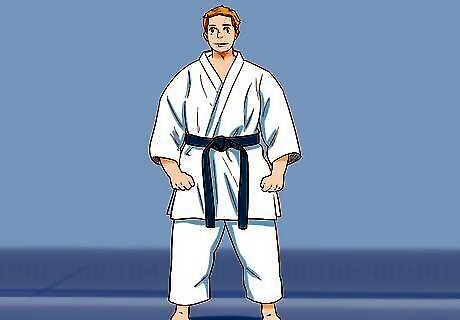
Maintain form. Concentrate on your posture, balance, and stability. Pay close attention to your hips, since they will help ground your center of gravity. Prioritize form over speed in the beginning and practice your kata slowly to ensure mastering the form before speeding up your movements.
When practicing kata, the beginner should aim to be as precise as possible in order to reinforce technique into muscle memory.
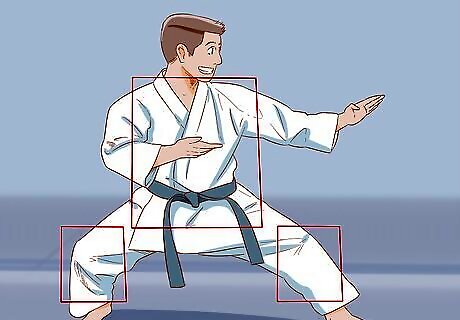
Focus on how your muscles work in tandem. Pay attention to how the muscles in each part of your body work together in each movement; for example, when delivering a punch with your fist, pay attention to how your legs and torso lead into the punch. Maximize the force of impact by using all interrelated muscles efficiently.
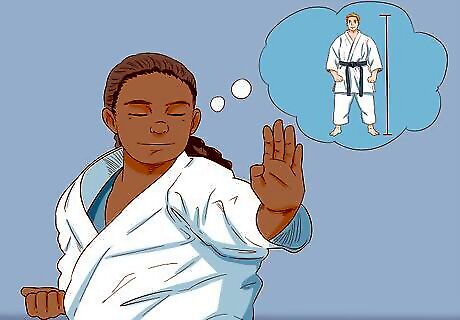
Visualize your opponent. Imagine an opponent of equal height and build to yourself. Use your imaginary opponent as a point of focus for both impact and penetration. Pretend that this is a real fight that may prove lethal.
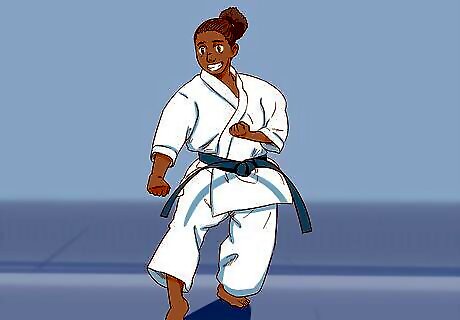
Project confidence. Maintain an even speed from start to finish. When learning a new kata, start slowly to master its pattern, but as you improve and quicken your speed, achieve that speed from your first step forward to intimidate your opponent.
Practicing a Simple Kata
Start with a simple kata. If you’re a beginner, try the Taikyoku Shodan, or “First Kata,” which incorporates only three basic moves: the long forward stance, the groin block, and the stomach-level punch.
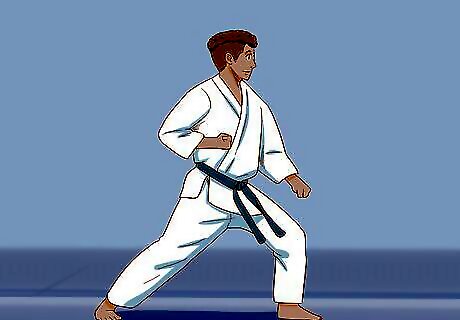
Assume the long forward stance. Bring one foot forward with your knee bent directly above your foot to maintain stability. Extend your back leg straight behind you as step forward. As you move from stance to stance, move your body in a lateral line without bouncing up and down, as you would when walking or running. Keep your center of gravity constant to minimize being knocked off balance by your opponent.
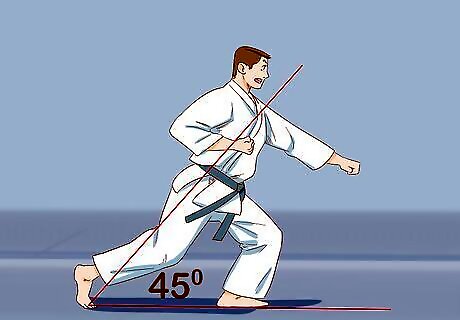
Block your groin. Using the arm on the same side of your body as your forward foot, raise your fist over your opposite shoulder, then sweep it downward, protecting your groin and striking your opponent’s attacking limb. Finish with your blocking arm held straight and pointed downward over your forward leg, with your fist about a fist’s distance directly above your knee. As you prepare to block, pull your other arm back as you prepare to block, until it’s even with your floating ribs and ready to strike if needed. Also pull your hips back at a 45º angle, facing away from your forward foot and drawing your vitals farther out of reach from your opponent.
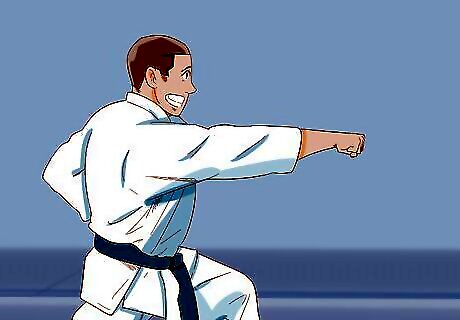
Deliver a stomach-level punch. Advance toward your opponent with the long forward stance, keeping your upper body absolutely still until your forward foot is about to touch down. Square your hips and shoulders to fully face your opponent. Strike from the same side as your forward foot, aiming for the solar plexus. Pull your other arm back until your fist is even with your floating ribs, ready to deliver a second strike if needed.
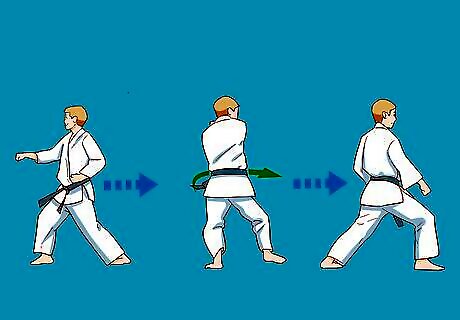
Practice 20 counts in each kata. Perform a 360º sweep of the immediate area. Turn your head 90º to face a new direction along your shoulder. Rotate your body from the hips to maintain stability.
Expanding Your Practice with Challenges
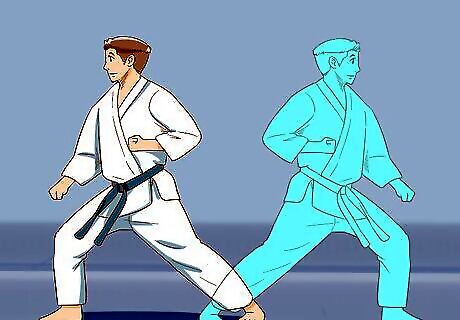
Learn new kata patterns progressively with a structure. A beginner student should not (independent of their teacher) simply seek out, haphazardly, kata to practice from a variety of styles. In the same way that math is progressive (you don't learn how to divide fractions before you have a grasp of basic subtraction, for example), you also don't learn kata in any order, from any style, from any source. Rather, training needs to be progressive with a structure. Once the student advances in a particular modality of training, then and only then
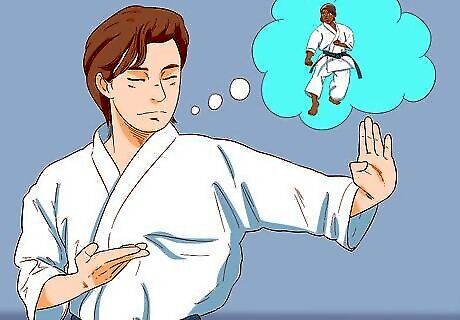
Visualize yourself. Picture your own movements within each kata as well as your imaginary opponent’s. Imagine yourself from your own first-person point-of-view, as opposed to an external, third-person POV. Project a mental image for your body to fulfill in action. Practice this while physically practicing katas or while doing something else entirely. It may also be helpful to practice in front of a full-length mirror. Keep in mind that basic karate kata should be ambidextrous, allowing you to practice techniques on both sides equally.
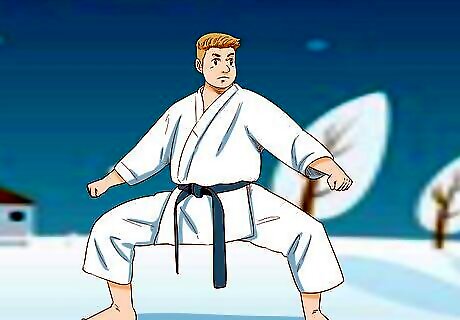
Practice with external distractions. Once you’ve mastered a kata while alone in a controlled environment, seek out or create a less controlled environment. Sharpen your ability to focus on your kata while other elements try to call attention to themselves. Perform your kata in front of other people, in noisy areas, and/or in less than ideal weather, such as heavy rain, snow, heat, etc.
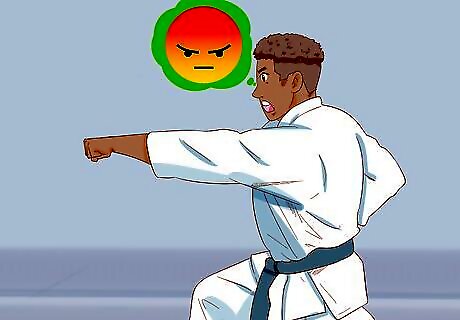
Mess yourself up beforehand. Practice rebounding from internal distractions. Stub your toe, spin around until you’re dizzy, or work yourself up into a rage over something that’s been bothering you lately. Then perform your kata in this less than ideal mindset, which will resemble your mental state in an actual fight much more closely than always practicing with a calm mind will.



















Comments
0 comment